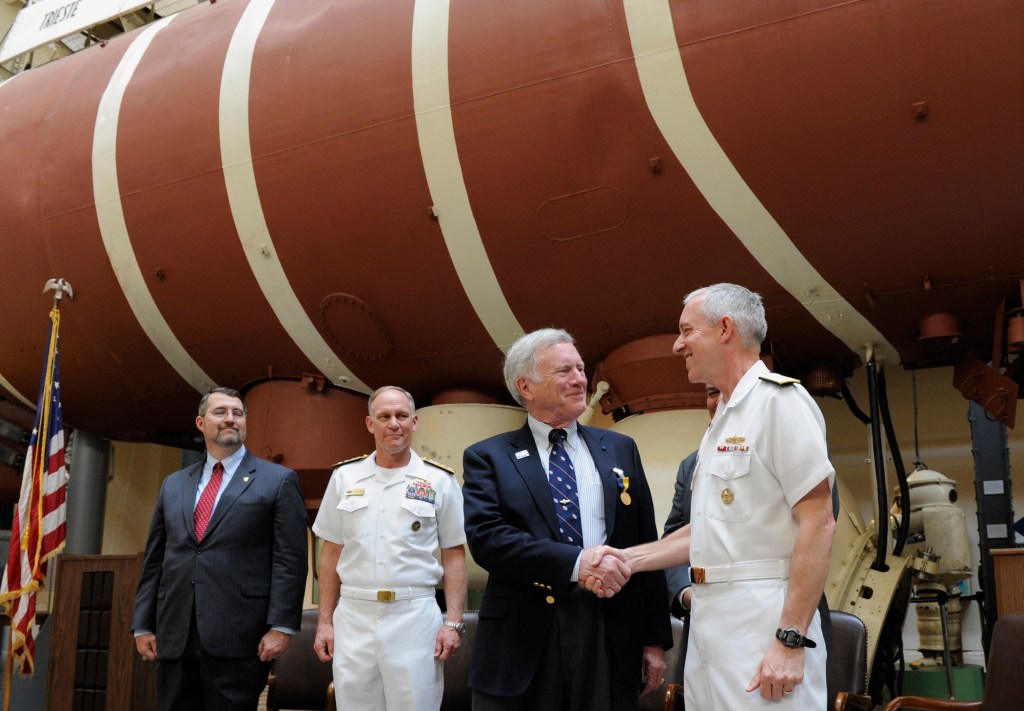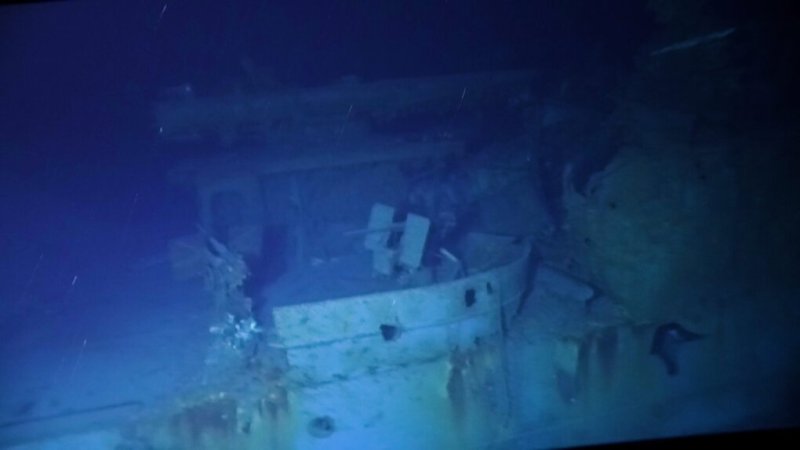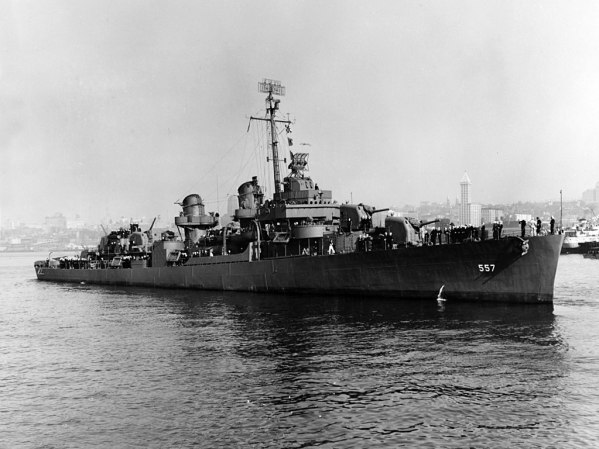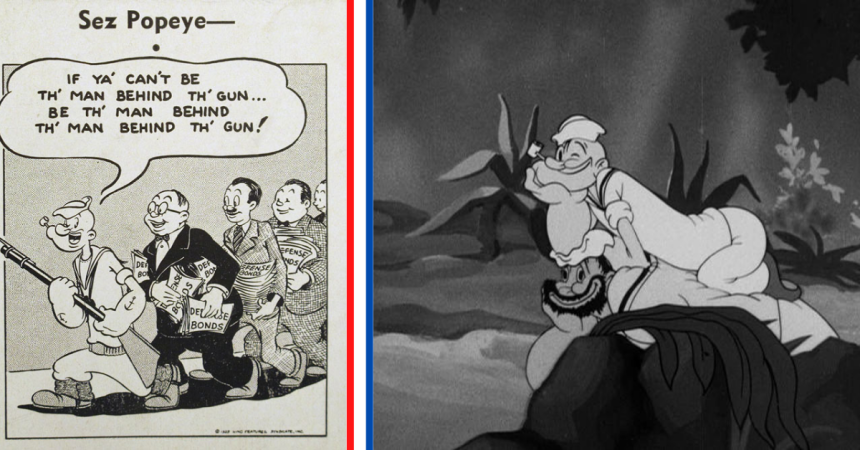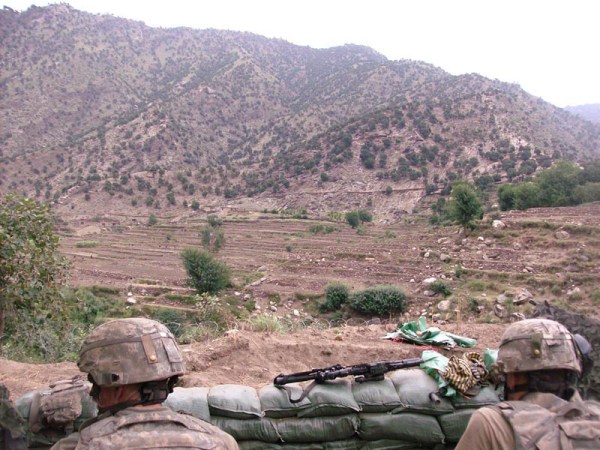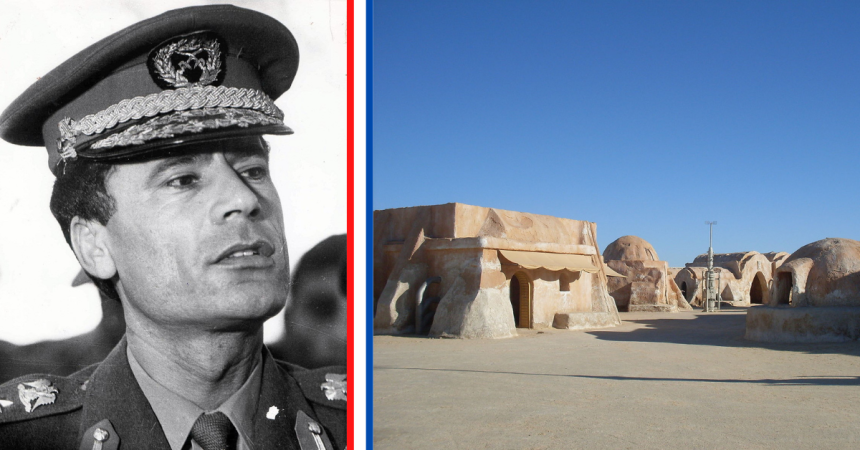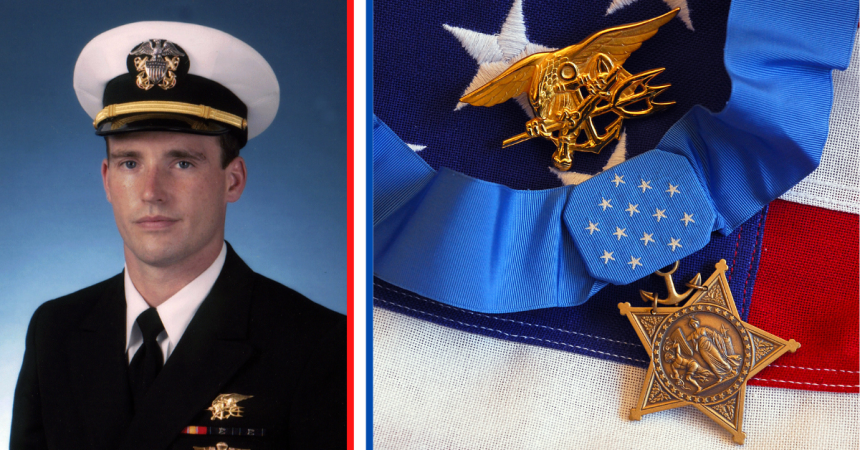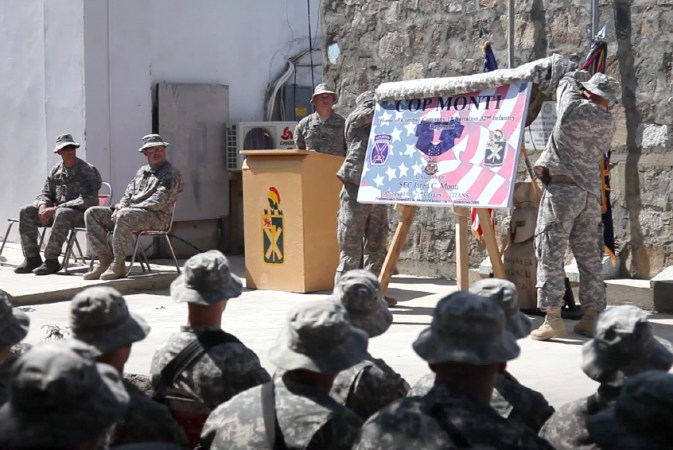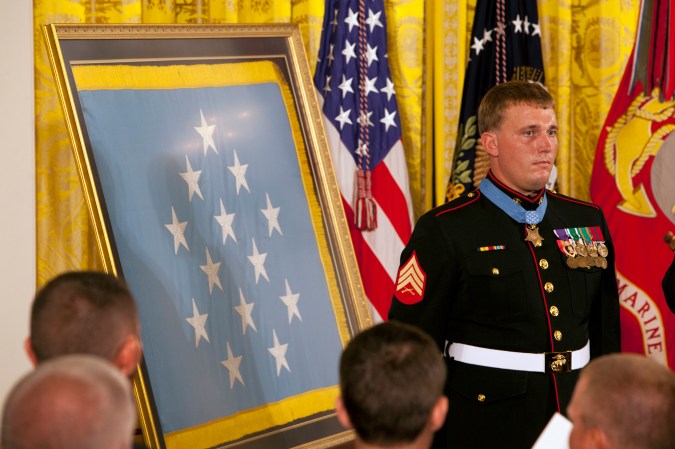The U.S. Navy’s Seawolf-class nuclear submarine boasts an impressive test depth of 1,600 feet. That’s nearly one-third of a mile under the water. Still, that pales in comparison to the vast depths of the ocean. Challenger Deep, the deepest part of the Mariana Trench in the Pacific Ocean, is the deepest known point on Earth at 35,814 feet below sea level. While he didn’t take a Seawolf down there, a Navy submarine captain set the dive record when he went to Challenger Deep.

Capt. Don Walsh was born on November 2, 1931. He attended the U.S. Naval Academy and commissioned as a naval officer in 1954. In 1959, Walsh became the officer-in-charge of the Trieste bathyscaphe at the Navy Electronics Laboratory in San Diego, California. Initially operated by the French Navy in the Mediterranean for deep sea research, Trieste was designed by Swiss physicist Auguste Piccard and built in Italy. The Office of Naval Research purchased the vessel in 1958 for $250,000, or just over $2.6 million in 2023.

Trieste is a deep sea submersible designed to operate from a mothership. Unlike a submarine, it cannot sail freely across the ocean. Rather, Trieste was specifically built to dive deep underwater, conduct research, and return to the surface. The bathyscaphe measures 59 feet and 6 inches long. The majority of the vessel is gasoline and water tanks which provide buoyancy. Iron pellets, which act as ballast, are discarded from two hoppers when Trieste needed to surface. The crew of two board through a hatch on top of the submersible and climb down the entrance tunnel to the pressure sphere which provides just 38 square feet of space.

When the Navy purchased Trieste, its 20,000-foot diving ability allowed it to reach 98% of the ocean floor. However, the Navy needed it to go deeper. As a result, a second pressure sphere capable of reaching 36,000 feet was built. Walsh oversaw assembly, testing and training dives in San Diego before Trieste was shipped to Guam on October 5, 1959. Part of Project Nekton, Walsh’s assignment was to take Trieste to the bottom of the Mariana Trench and be the first to reach Challenger Deep.

On January 23, 1960, supported by the destroyer escort USS Lewis (DE-535), Trieste submerged beneath the rough Pacific waves at 0823 hours. Aboard were Walsh and Jacques Piccard, the son of the bathyscaphe’s designer. At a descent rate of 2mph, Trieste took 4 hours and 47 minutes to reach the ocean floor. As it passed 30,000 feet, one of the outer Plexiglas window panes cracked and shook the submersible. Aside from that, Walsh and Piccard arrived at Challenger Deep without incident.

Trieste spent 20 minutes at the bottom of the world. During that time, Walsh and Piccard observed deep sea creatures and noted that the ocean floor was made of a “diatomaceous ooze.” Their ascent back to the surface took 3 hours and 15 minutes. For their historic deep sea dive, Walsh and Piccard were awarded medals by President Eisenhower. Since then, ocean explorer Victor Vescovo broke the diving record at 38,853 feet.

Walsh served 24 years in the Navy before retiring. Presidents Carter and Reagan appointed him to the U.S. National Advisory Committee on Oceans and Atmosphere. He also served on the U.S. National Research Council’s Marine Board from 1990 to 1993. In 2010, Walsh received the National Geographic Society’s highest honor, the Hubbard Medal. He was also awarded the Navy’s Distinguished Public Service Award. Trieste is on display at the National Museum of the United States Navy in Washington, D.C.


